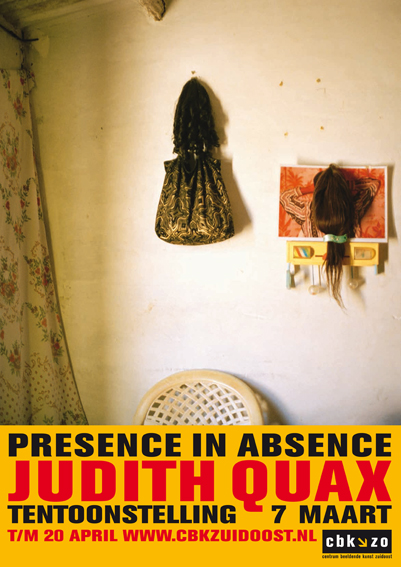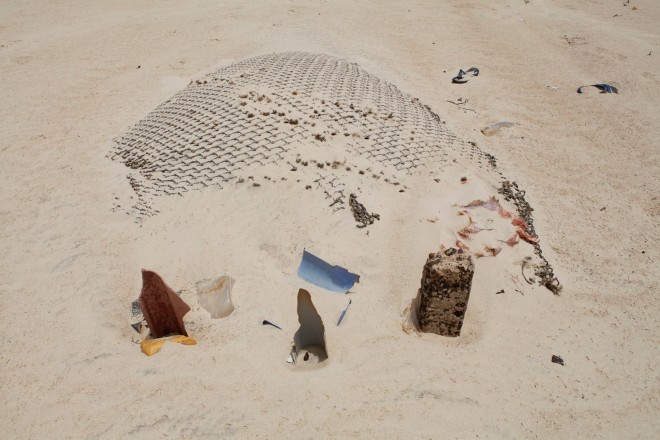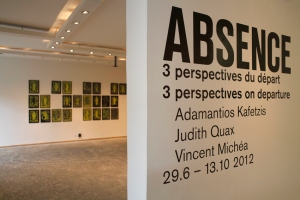January 6, 2012
 Developing a critical understanding of the wave of new migrations of African people across borders of environments and cultures, as well as modes of resistance, presents an urgent necessity. We must establish platforms for knowledge production to fill in the glaring gaps in understanding the cultural and political dynamics of a world in motion, and to focus on unearthing the root causes and consequences of new migrations in Africa and the West. Situating this phenomenon within historical, sociocultural, and artistic points of view will advance important frameworks for understanding the complexity of migratory flows of a disadvantaged population whose dreams and aspirations for a better life often get curtailed by powerful state practices.
Developing a critical understanding of the wave of new migrations of African people across borders of environments and cultures, as well as modes of resistance, presents an urgent necessity. We must establish platforms for knowledge production to fill in the glaring gaps in understanding the cultural and political dynamics of a world in motion, and to focus on unearthing the root causes and consequences of new migrations in Africa and the West. Situating this phenomenon within historical, sociocultural, and artistic points of view will advance important frameworks for understanding the complexity of migratory flows of a disadvantaged population whose dreams and aspirations for a better life often get curtailed by powerful state practices.
(…)

Each of Quax’s photographs is a stand-alone canvas, in which the artist’s command of the medium transforms the scene into a compelling work of abstraction, while avoiding an over-aestheticizing act that would have compromised the depth of the conceptual aspects of the work. The empty rooms, which have been nicely kept for the most part by the families of these young men, speak volumes of the hopes, sadness, and fear felt by these families as they ponder the destinies of their loved ones beyond the treacherous seas.
Salah M. Hassan is an art critic, curator and Goldwin Smith Professor of African and African Diaspora Art History and Visual Culture at Cornell and Princeton University, USA. Together with Okwui Enwezor he founded NKA Journal.














